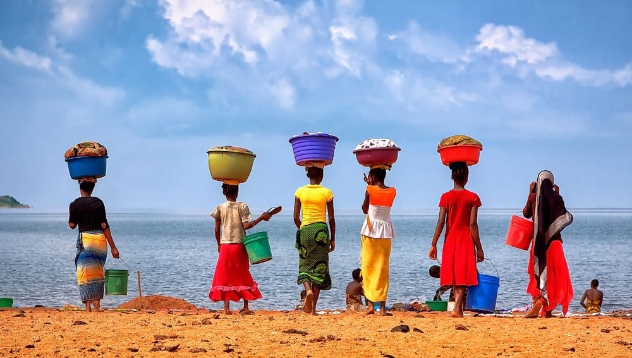
Lake Tanganyika
Lake Tanganyika Tanzania is The Longest Rift Valley Lake in the World.
Lake Tanganyika is the longest freshwater lake in the world, stretching for over 676 kilometers (420 miles) from north to south. It is also the second deepest lake in the world, after Lake Baikal in Siberia.
Lake Tanganyika is thought to have formed about 9 million years ago, during the Miocene epoch. It is located in the Albertine Rift, a branch of the East African Rift Valley.
The lake was first visited by Europeans in the 19th century. David Livingstone, a Scottish missionary and explorer, was the first European to see the lake in 1858.
Lake Tanganyika is located in four countries: Tanzania, Burundi, the Democratic Republic of the Congo, and Zambia. The lake is home to a variety of plants and animals, including over 300 species of fish.
Things to do at Lake Tanganyika Tanzania.
There are many things to see and do in Lake Tanganyika. Here are a few ideas:
Go on a boat cruise: Take a boat cruise on the lake to see the surrounding scenery and wildlife.
Go scuba diving or snorkeling: The waters off Lake Tanganyika are home to a variety of colorful fish and coral reefs.
Visit the Mahale Mountains: The Mahale Mountains are home to a large population of chimpanzees.
Visit the Gombe Stream National Park: The Gombe Stream National Park is home to a large population of chimpanzees.
Go hiking: There are a number of hiking trails in the area that offer stunning views of the lake and surrounding mountains.
Best time to visit Lake Tanganyika Tanzania?
The best time to visit Lake Tanganyika is from July to September, when the weather is dry and sunny. The average temperature during this time is 25 degrees Celsius.
How to get to Lake Tanganyika?
The easiest way to get to Lake Tanganyika is by plane. There are flights to Kigoma, the main town on the lake, from Dar es Salaam and Zanzibar. There are also ferries from Dar es Salaam and Zanzibar to Kigoma.
Lake Tanganyika is a beautiful and fascinating place to visit. It is a great place to relax, explore, and learn about African wildlife.




